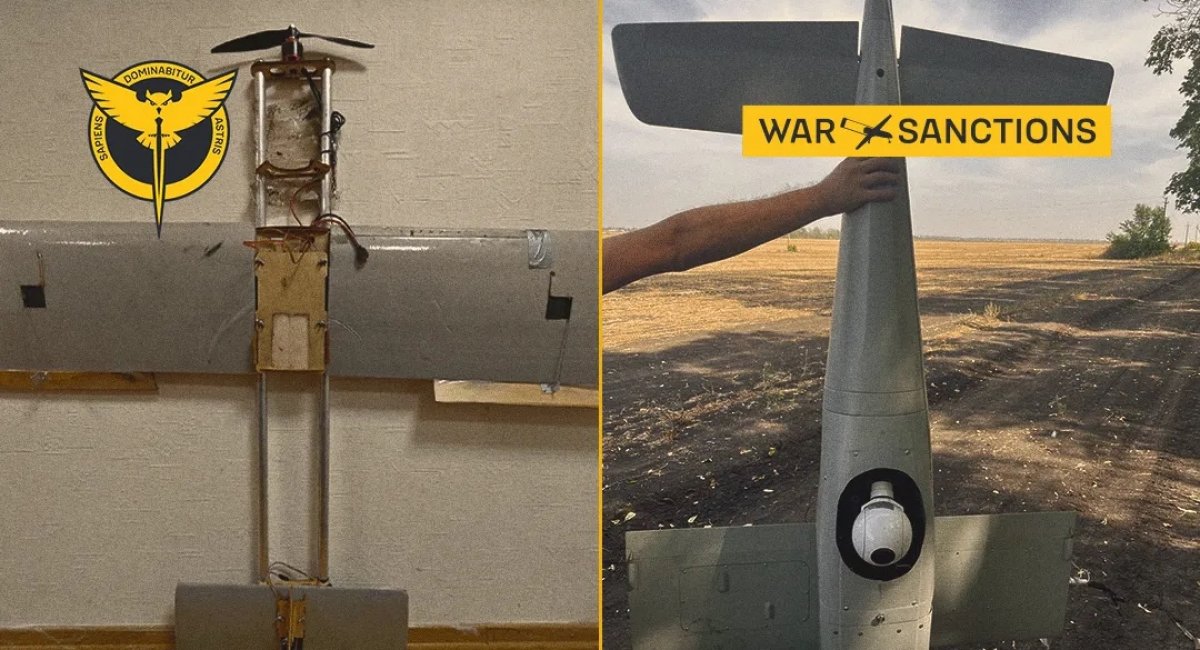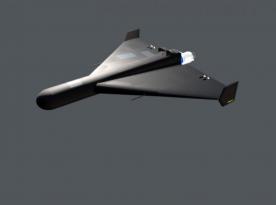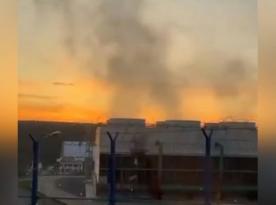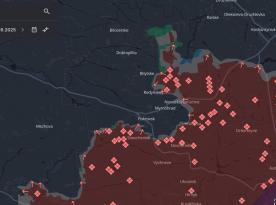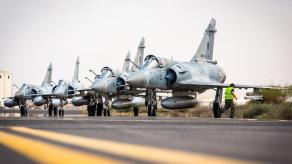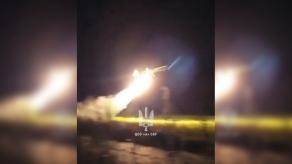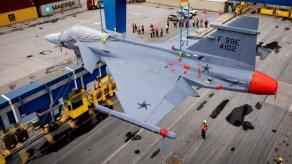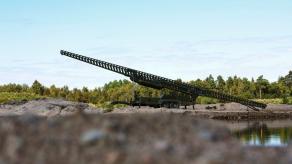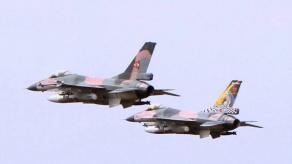russian Molniya and Phoenix unmanned aerial vehicles rely heavily on components produced in China and Western nations, including Switzerland, the U.S., and the Netherlands. Despite their local assembly, these drones showcase a significant dependence on foreign technology, raising concerns about the global supply chain’s role in russia’s military capabilities.
The Molniya UAV
The Molniya drone is a fixed-wing strike drone designed for operational simplicity. It is launched via specialized catapult and guided by an operator to its target, similar to the FPV drones. With a range of 40 kilometers and a warhead payload of up to 5 kilograms, it has only a tenth of the destructive capacity of Iranian-made Shahed drones. However, russia employs the Molniya drone not only for military strikes but also for terrorizing civilians near the frontline.
Read more: Completely Invisible in the Radio Spectrum: Media Showcased Ukraine's Fiber-Optic UAV (Video)
A recent attack in November targeted residential areas and a shopping center in Saltivskyi district of Kharkiv, causing injuries. The deliberate targeting of civilian objects highlights the drone’s use in russia’s broader strategy of terror. Additionally, the Molniya UAVs are sometimes deployed without warheads to overwhelm Ukrainian air defense systems.
The Molniya drone is constructed with cost-effective components primarily sourced from China. Notable manufacturers include FATJAY, SpeedyBee, and Caddx. Yet, critical elements such as microcontrollers, capacitors, and converters originate from companies in Switzerland, Japan, and the U.S., including STMicroelectronics, Vishay, and Rubycon.
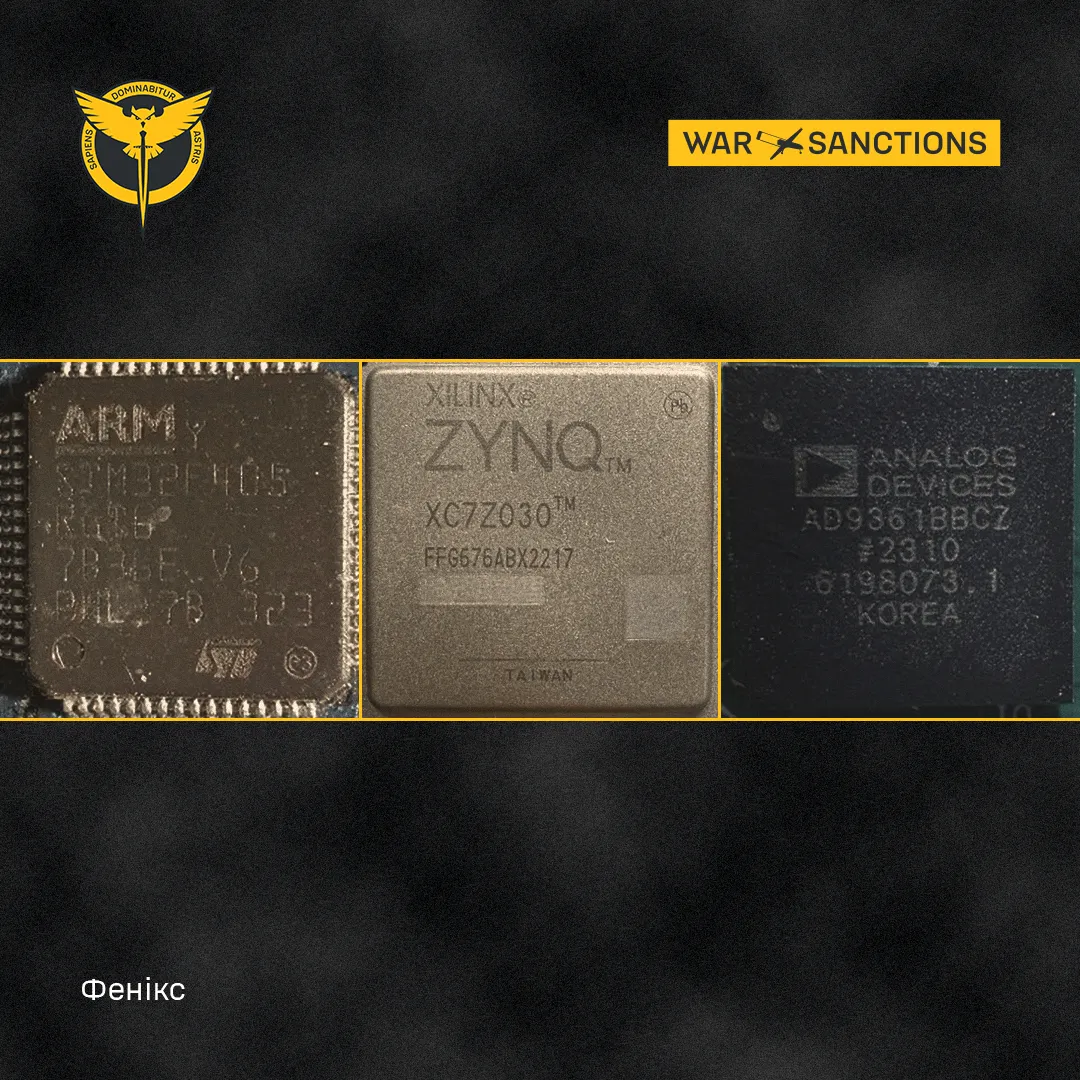
The Phoenix UAV
The Phoenix drone, developed by russian LLC TAIP company, serves as an upgraded version of the Orlan-10 reconnaissance drone. Its components are sourced from five countries, with a significant portion bearing the mark of Swiss-based STMicroelectronics. Other parts come from American, Chinese, Dutch, and Taiwanese manufacturers, further emphasizing the multinational origins of the drone’s key technologies.
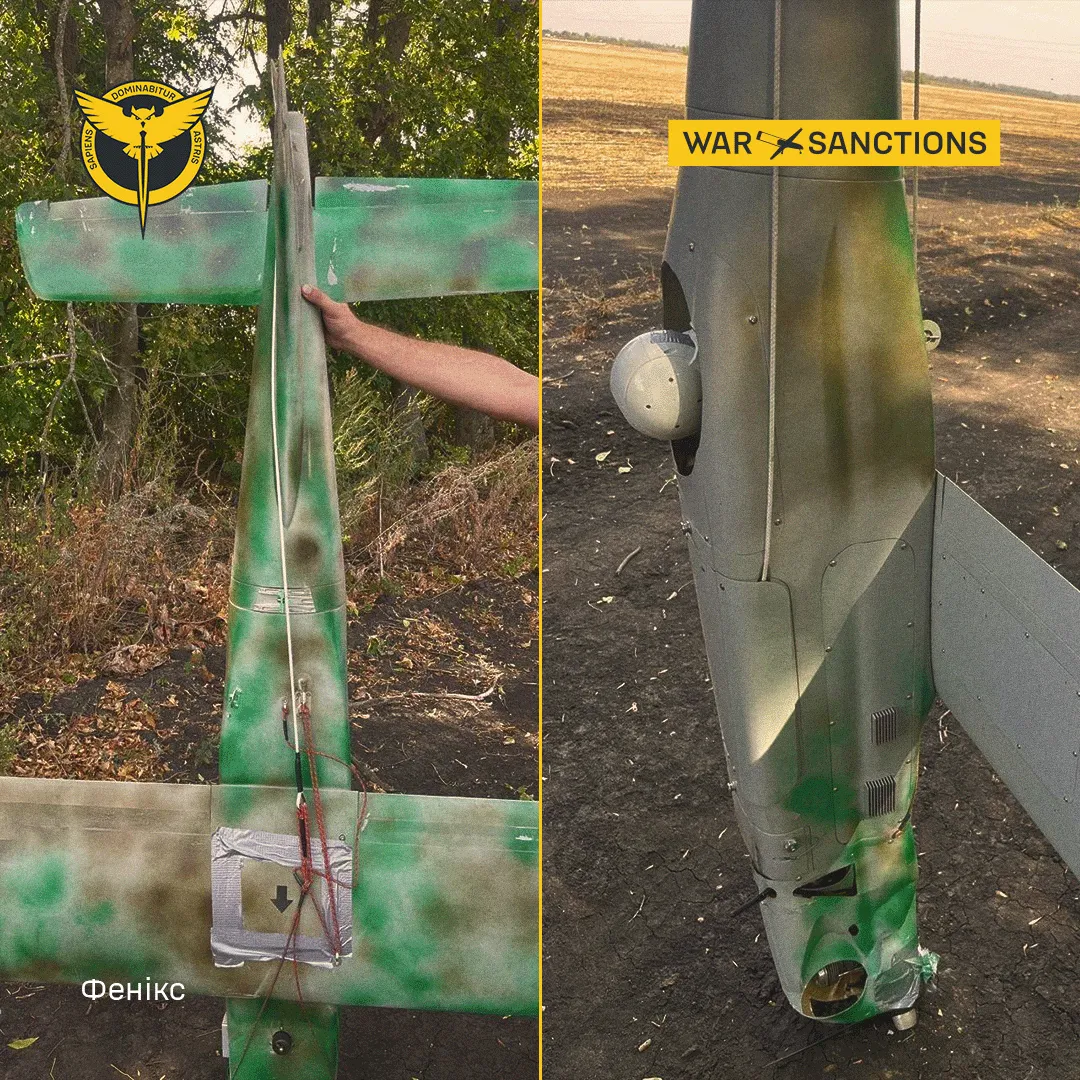
Implications
The use of foreign-manufactured components in russian UAVs underscores the global nature of supply chains and the challenge of enforcing export controls. While these drones are relatively simple in design, their reliance on advanced technologies from Western and Asian companies facilitates their deployment in russia’s military operations and terror campaigns.
Read more: russia Deploys a Traffic Light Warning System to Counter Ukrainian FPV Drones




